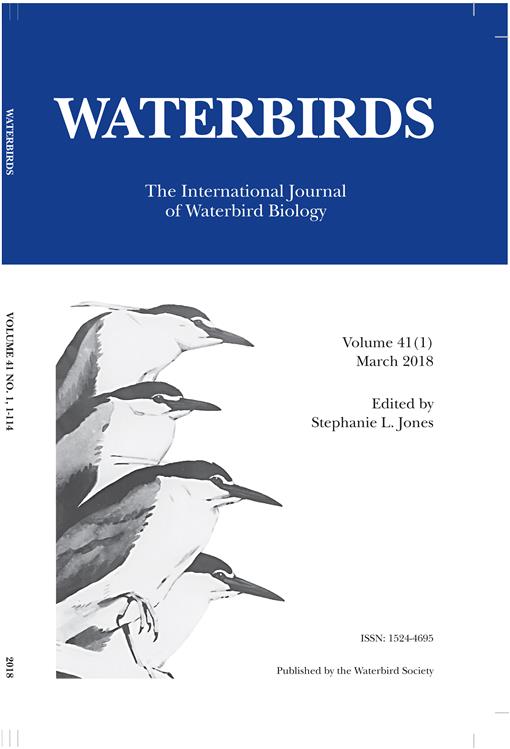Sarus Cranes (Antigone antigone) in south Asia breed during the rainy season (monsoon), with few nests initiated outside of the monsoon. Several hypothesis have been put forth to explain the unseasonal nesting outside the monsoon, but a careful evaluation of the hypotheses has been absent. Using a multi-year (2004–2017), multi-scale (four Indian states) data set, this study explored the factors potentially responsible for unseasonal nesting by Sarus Cranes. Nests outside the monsoon were very rare (0.3% of all nests) and were initiated when Sarus Crane pairs were in areas with artificial water sources (irrigation canals or reservoirs) or faced abnormal monsoonal conditions. Unseasonal nests were initiated only when breeding pairs had been unsuccessful in raising chicks in the previous primary nesting season. Altered cropping patterns associated with increased artificial irrigation and changing rainfall patterns appear responsible for unseasonal nesting in Sarus Cranes. Nesting of this species outside the monsoon may increase in response to the increasing changes in cropping patterns and changing rainfall conditions.
How to translate text using browser tools
1 March 2018
The Role of Artificial Habitats and Rainfall Patterns in the Unseasonal Nesting of Sarus Cranes (Antigone antigone) in South Asia
K. S. Gopi Sundar,
Mohammed Yaseen,
Kandarp Kathju
ACCESS THE FULL ARTICLE

Waterbirds
Vol. 41 • No. 1
March 2018
Vol. 41 • No. 1
March 2018
Antigone antigone
breeding behavior
cropping patterns
India
irrigation structures
Sarus Crane




